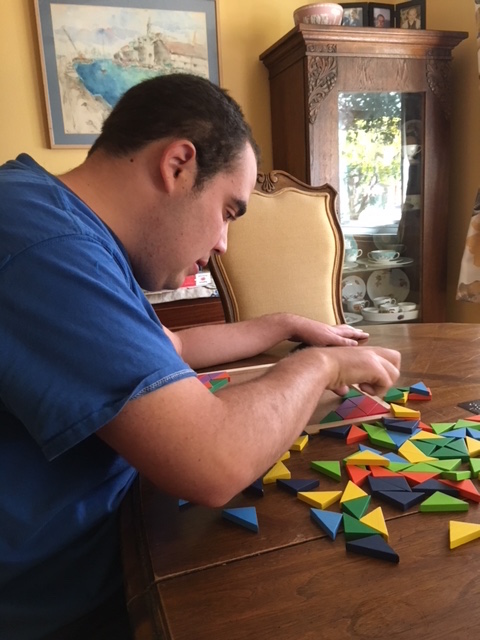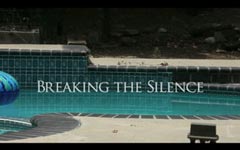This essay by my friend, Dillan, is about his love of running. For him running serves many purposes. He channels hyperkinetic impulses. He gets fit. He interacts with others. But here he describes one more thing– the mental benefit. He mentally gets liberated from autism while running. How lucky to get a respite from autism.
I encourage people to exercise. Living with autism does not mean we must not exercise. It helps in every way. But respites can be found in many things, in music, in swimming, in learning- simply in moments when joy breaks through the symptoms.
Dillan’s Introduction:
I have experienced many challenges in my life with the autism that takes root in my actions, my thoughts, and my feelings. However, I have also been blessed with gifts, and I am going to talk about one of them today. I wrote this essay for my college applications, and it means a lot to me that you will also read these words about the times when I can leave my autism behind.
Running Toward Myself By: Dillan Barmache
It would be easy to write about autism. I always have that inspiring story in my pocket, The Boy Who Had Autism and Learned Anyway. In this moment, however, I want to talk about the moments when I can separate myself from autism, even if it is only for a short time. Those moments come when I run.
I am on the cross country team in the fall. I run track in the spring. I wake up early in the summer and run miles just because I want to. I am fast and my legs are strong. My body moves with certainty and obeys my commands. That means more to me than it does to many others because in almost every other moment of my life my body is a mess. The chasm between what I want my body to do and what it does is huge and everyone who spends more than five seconds around me can see it plainly when I run my hands through impulse patterns and babble in nonsense noises. So, when I run, those moments of control are like air to the drowning man. My body goes exactly where I want it to.
My most ambitious event was the time I ran a half-marathon with my dad. He and I trained hard. This was, after all, the longest run of my life. As we trained, my dad would strain to keep pace with me. I would wear him out with my voracity for the trail, eating up the ground beneath my feet. We trained until the day came when we had to go to downtown LA and put our feet to the pavement.
You could think that a run like this would be easy. I’ve established how I love running. I’ve talked about being good at it. However, I have so much more to consider when it comes to an event like this. I would be surrounded by strangers. I had to sleep near the event in a strange hotel room with none of my familiar comforts. My routine was crumpled up like a piece of scratch paper and tossed away. To a person like me these are major, catastrophic concerns. My parents have to constantly wonder how I will react. Will I be able to handle it? Will I break down and freak out and have to be pulled away into a quiet room where the strangers’ eyes won’t see my weirdness? I felt not just my own anxiety, but the anxiety of my parents as they tried to plan for every problem and prayed for the things they can’t control to just go smoothly.
Just before the marathon the runners gathered at the starting point. The buildings of downtown LA loomed over me. They closed in like giants and all of us gathered runners were packed in together. I did feel the energy getting wild inside me. I felt my control slipping. I felt the autism that wanted to take over and become everything my parents and I feared. Then, the signal came and it was time to run, and none of it mattered anymore. The threat was over the instant my legs started moving, because then I knew exactly what to do. Run and run and run.
I finished the half-marathon just like the waves of people around me did. I was part of them and I fit seamlessly among them. You can’t imagine how rare that is for me. I am always either the odd boy off to the side with special needs, or I’m the miraculously intelligent boy everyone is shocked can do anything but flap my hands and repeat simple words. I’m always different. I’m always other. But when I ran that day I was just a runner. I was just Dillan.









